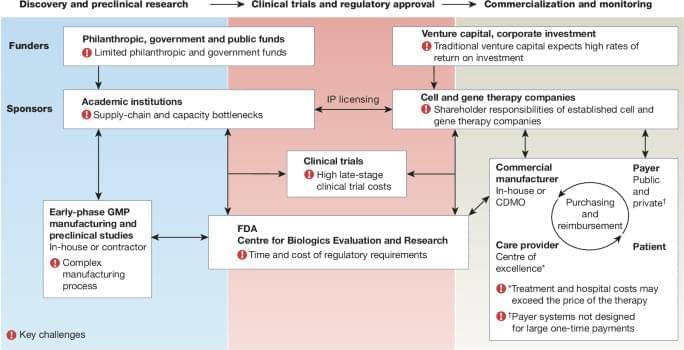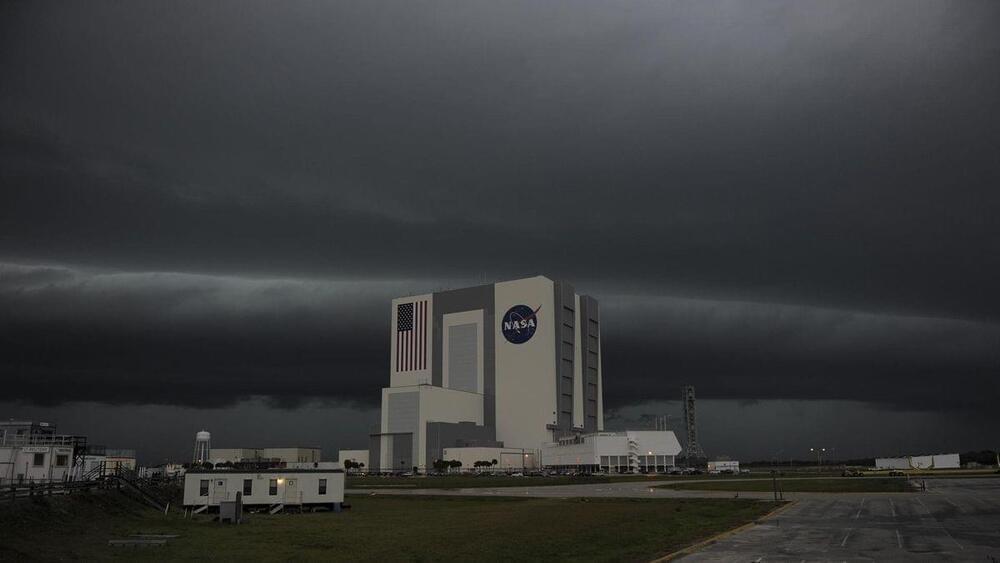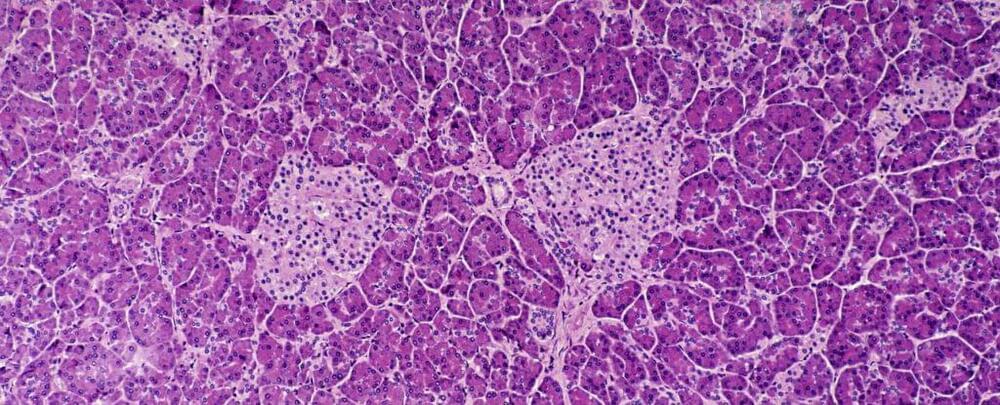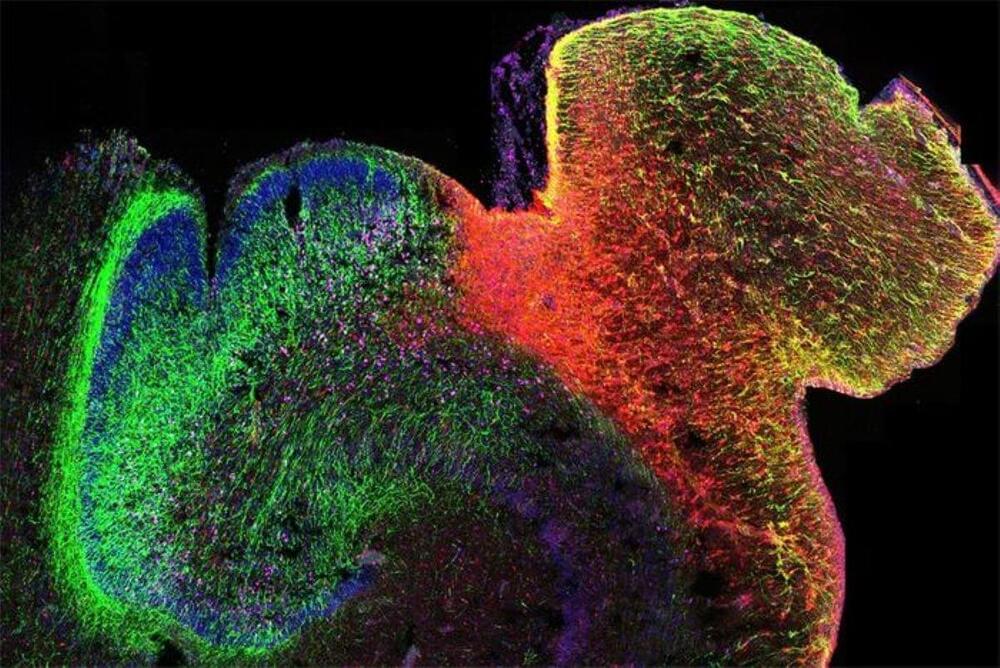It’s clear that 2024 is the year of AI breaking into the world’s most prestigious scientific awards.



A nanotube researcher in Japan has earned 13 retractions, with more to come, after an extensive investigation by the country’s National Institute of Advanced Industrial Science and Technology (AIST) revealed widespread misconduct in his work.
AIST’s investigation found Naohiro Kameta, senior principal researcher at the Nanomaterials Research Institute located in AIST’s Ibaraki campus, fabricated and falsified dozens of studies. He was apparently dismissed from his role following the findings.
The institute first learned of the problems in Kameta’s work in November 2022, according to a translated version of the investigation report. Initially, they looked into five papers, but eventually expanded their scrutiny to 61 articles on which Kameta was the lead or responsible author.

The new Guinness World Record holder’s logo is nearly invisible to the naked eye.


SpaceX announced a new capability for the Dragon spacecraft on Sept. 27 in the unlikely event of a parachute failure. Dragon now has built-in redundancy to propulsively land using its SuperDraco thrusters, saving the vehicle and potential crew from a rough landing or imminent danger.
SpaceX introduced the concept of a propulsive landing Dragon over ten years ago. When SpaceX revealed Dragon 2, it was marketed as capable of propulsively landing anywhere on Earth and was initially designed to land exclusively with the SuperDracos. However, SpaceX ultimately pursued the use of parachutes as the main form of recovery for Dragon 2 missions.
Much has had to change with Dragon 2 since May 30, 2014, to make it the reliable crewed spacecraft we know it as today. Now, SpaceX has decided to bring back one of the main capabilities that was believed to have been left behind in development.



Summary: Researchers have developed the first 3D map of gene regulation in the human brain, offering insights into how early brain development influences lifelong mental health. This map, focusing on regions tied to memory and emotional regulation, reveals how chromatin structure controls gene activity, especially during key developmental stages.
These findings may help identify when and where genetic variants linked to autism and schizophrenia disrupt normal development. By understanding these early influences, scientists hope to improve neurodevelopmental disorder research and stem-cell models, potentially paving the way for earlier intervention strategies.

REDWOOD CITY, Calif.—(BUSINESS WIRE)—Researchers at REMspace, a California-based startup, have achieved a historic milestone, demonstrating that lucid dreams could unlock new dimensions of communication and humanity’s potential. Using specially designed equipment, two individuals successfully induced lucid dreams and exchanged a simple message.
Watch the experiment here.
Lucid dreams occur when a person is aware they are dreaming while still in the dream state. This phenomenon happens during REM sleep and has numerous potential applications, from solving physiological problems to learning new skills. In earlier research, REMspace demonstrated that facial electromyography sensors could decode specific sounds made in dreams. This led to the development of Remmyo, a dream language detectable through sensitive sensors.